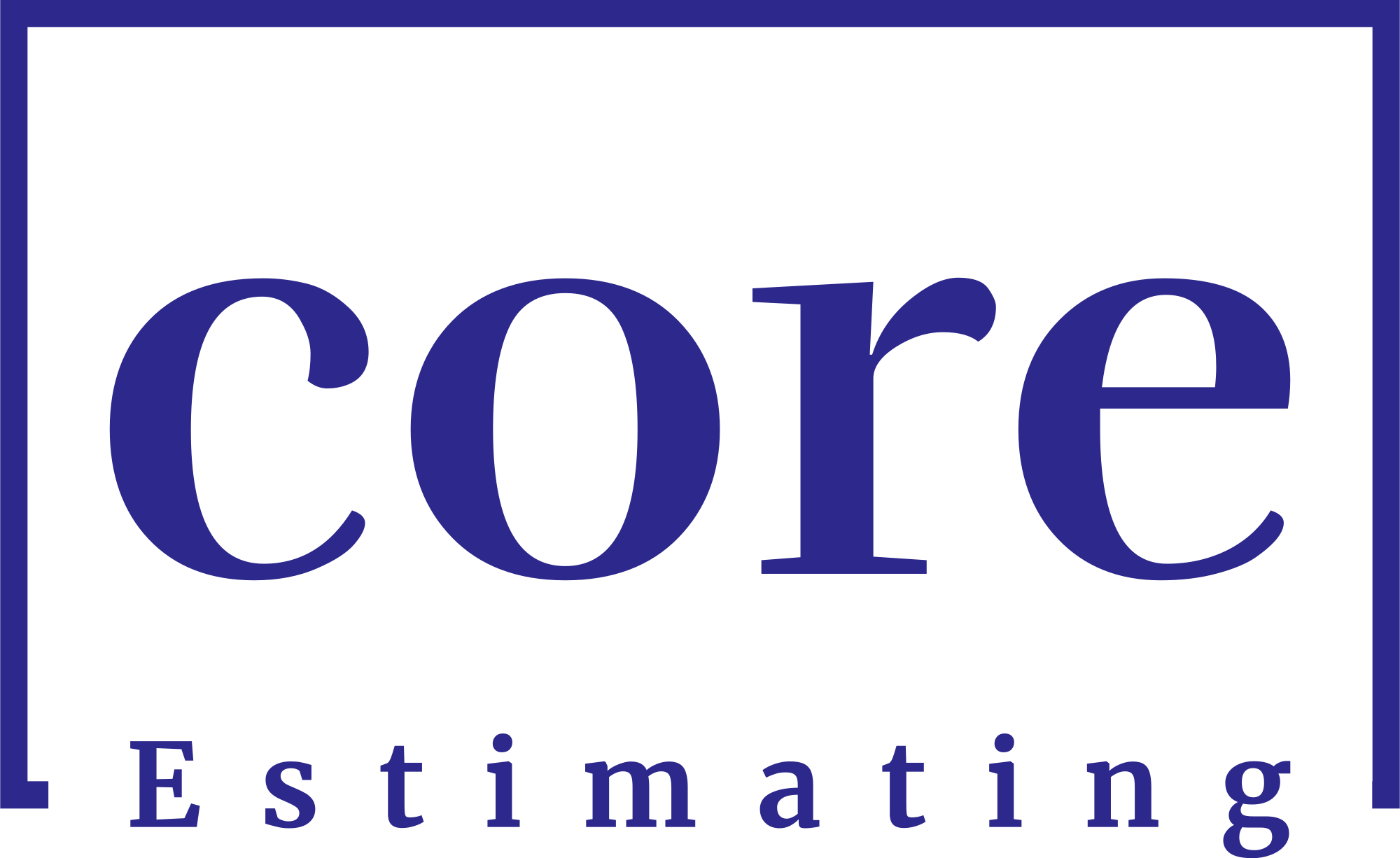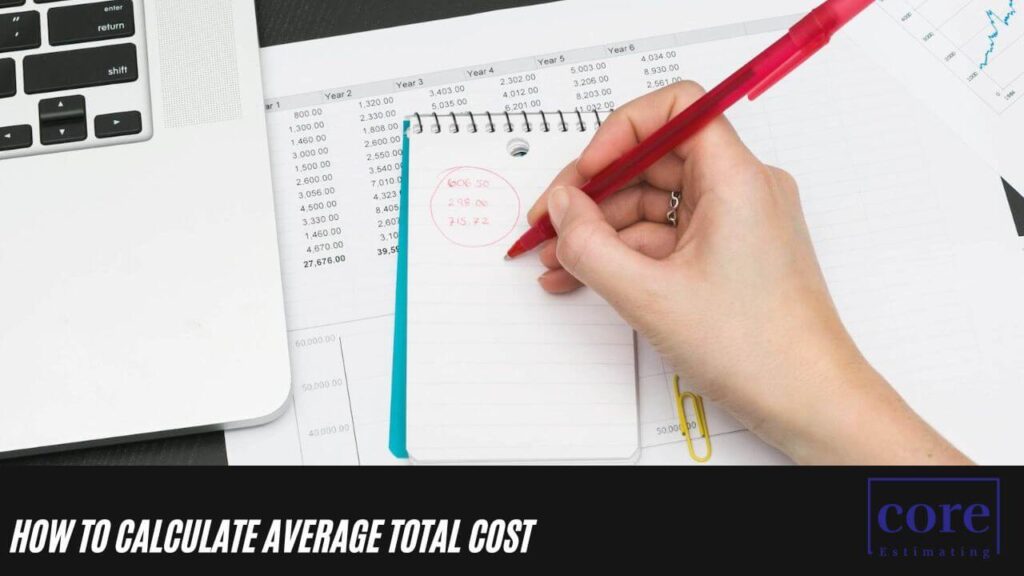Assessing the average total cost is a crucial facet of business operations, particularly concerning the pricing of products and services. It ensures that pricing is established at a level that not only offsets the expenses but also facilitates profitability. Moreover, comprehending your cost structure is imperative for effective production planning and financial planning. In this article, we will explore the concept of average total cost, discover how to compute it, distinguish it from other cost categories, and offer an elaborate example to underscore its significance.
Decoding Average Total Cost
Average total cost pertains to the per-unit expenditure linked with manufacturing a specific quantity of products. This value assumes a central role in making pricing determinations as it acts as a benchmark that products must surpass to secure profitability. It encompasses both fixed and variable expenditures. Fixed costs denote outlays that remain unaltered irrespective of production levels, encompassing aspects such as facility expenses and equipment costs. Conversely, variable costs ebb and flow in correspondence with output, spanning costs like direct labor and materials. The formula for ascertaining average total cost is as follows:
(Total fixed costs + total variable costs) / number of units produced = average total cost
If you’re in need of construction estimate services, simply go to homepage or follow the links below:
| Services | Links |
|---|---|
| Detailing Services | Link |
| Building Information Modeling | Link |
| General Contractor | Link |
| Subcontractors | Link |
| MEP | Link |
Step-by-Step Guide to Calculating Average Total Cost
Calculating average total cost involves a straightforward process that includes five key steps:
1. Identify Fixed Costs
Begin by examining your profit and loss account to identify all your fixed costs. These can include expenses such as rent, equipment, insurance, salaries, and utilities.
2. Determine Variable Costs
Next, focus on determining your variable costs, which may include raw material costs, direct labor, sales commissions, and delivery or shipping charges.
3. Calculate Total Cost of Production
Combine the total fixed costs and total variable costs to compute the overall cost of production. The formula for this step is:
(Total fixed costs + total variable costs)
4. Determine Quantity of Units
Establish the total number of units manufactured during the production period.
5. Calculate Average Total Cost
Finally, calculate the average total cost by dividing the total production cost (obtained in step 3) by the total number of units produced (determined in step 4).
Average Total Cost vs. Average Variable Cost
Average variable cost (AVC) pertains to the per-unit variable cost without factoring in fixed costs. It solely considers costs that change with variations in output, like direct labor and raw materials. Typically, AVC decreases as output increases up to a certain capacity level. However, beyond that point, AVC can sharply rise due to diminishing returns.
Average Total Cost vs. Marginal Cost
In contrast to average total cost, which represents per-unit total costs, marginal cost focuses on the additional cost incurred when producing one extra unit. While average total cost assesses how the per-unit cost changes with output, marginal cost determines the feasibility of producing additional units of a specific product or service.
Calculating Marginal Cost
You can calculate marginal cost using these three steps:
- Determine Change in Cost: Identify cost changes due to variations in output levels. Higher output results in increased variable costs, while lower output leads to reduced variable costs. Calculate changes in cost using the formula: New cost – old cost = change in cost.
- Calculate Change in Quantity: Quantify changes in the quantity of goods or services produced. Calculate this in a similar manner as you did for changes in cost: New quantity – old quantity = change in quantity.
- Calculate Marginal Cost: Finally, calculate the marginal cost by dividing the change in cost by the change in quantity: Change in cost / change in quantity = marginal cost.
The Average Cost Formula
Average Cost, often referred to as average total cost (ATC), denotes the cost per unit of output. This figure can be calculated by dividing the total cost (TC) by the total output quantity (Q).
For instance, if a company produces 1,000 widgets at a total cost of $10,000, the average cost per widget would be $10 ($10,000 ÷ 1,000 widgets). In other words, it costs the company an average of $10 to produce each widget.
Dissecting Average Cost Components
The average total cost equation consists of two primary components: average fixed cost and average variable cost.
Average Fixed Cost Formula
Average fixed cost (AFC) represents the total fixed cost per unit. To calculate AFC, divide the total fixed cost by the total quantity:
Average Fixed Cost (AFC) = Total Fixed Cost / Total Quantity
Fixed costs remain unaffected by production output levels, representing expenses that firms must pay even during periods of inactivity. For instance, if a firm incurs $2,000 monthly rent, this cost remains constant regardless of whether the firm is active during that month.
Average Variable Cost Formula
Average variable cost (AVC) quantifies the total variable cost per unit of output. To calculate AVC, divide the total variable cost by the total quantity:
Average Variable Cost (AVC) = Total Variable Cost / Total Quantity
Variable costs are production-related expenses that fluctuate based on output levels.
In summary, understanding average total cost is pivotal for businesses in their pricing strategies, cost management, and decision-making processes. Accurate calculation of average total cost empowers businesses to make informed financial decisions that contribute to long-term success.






